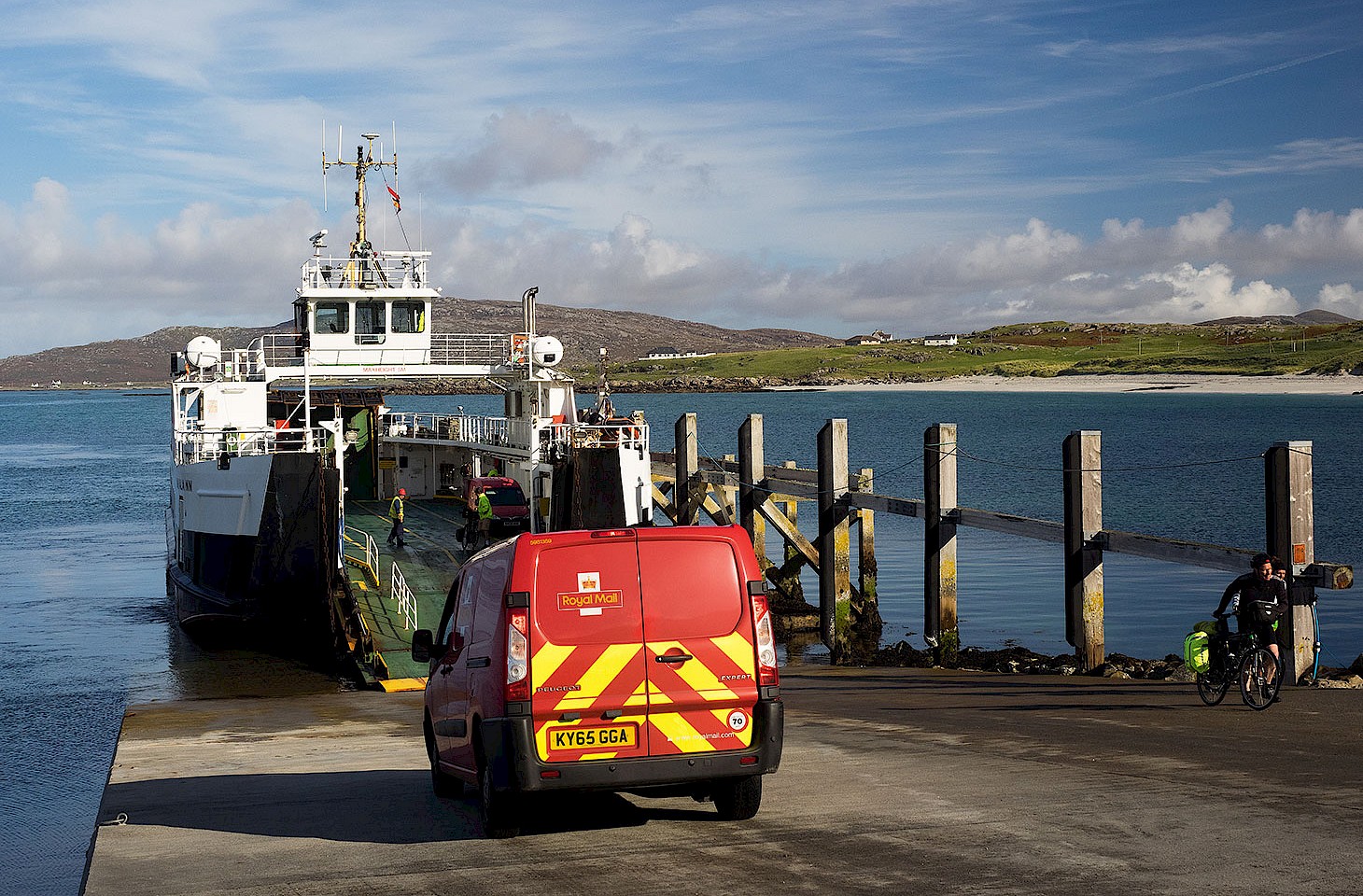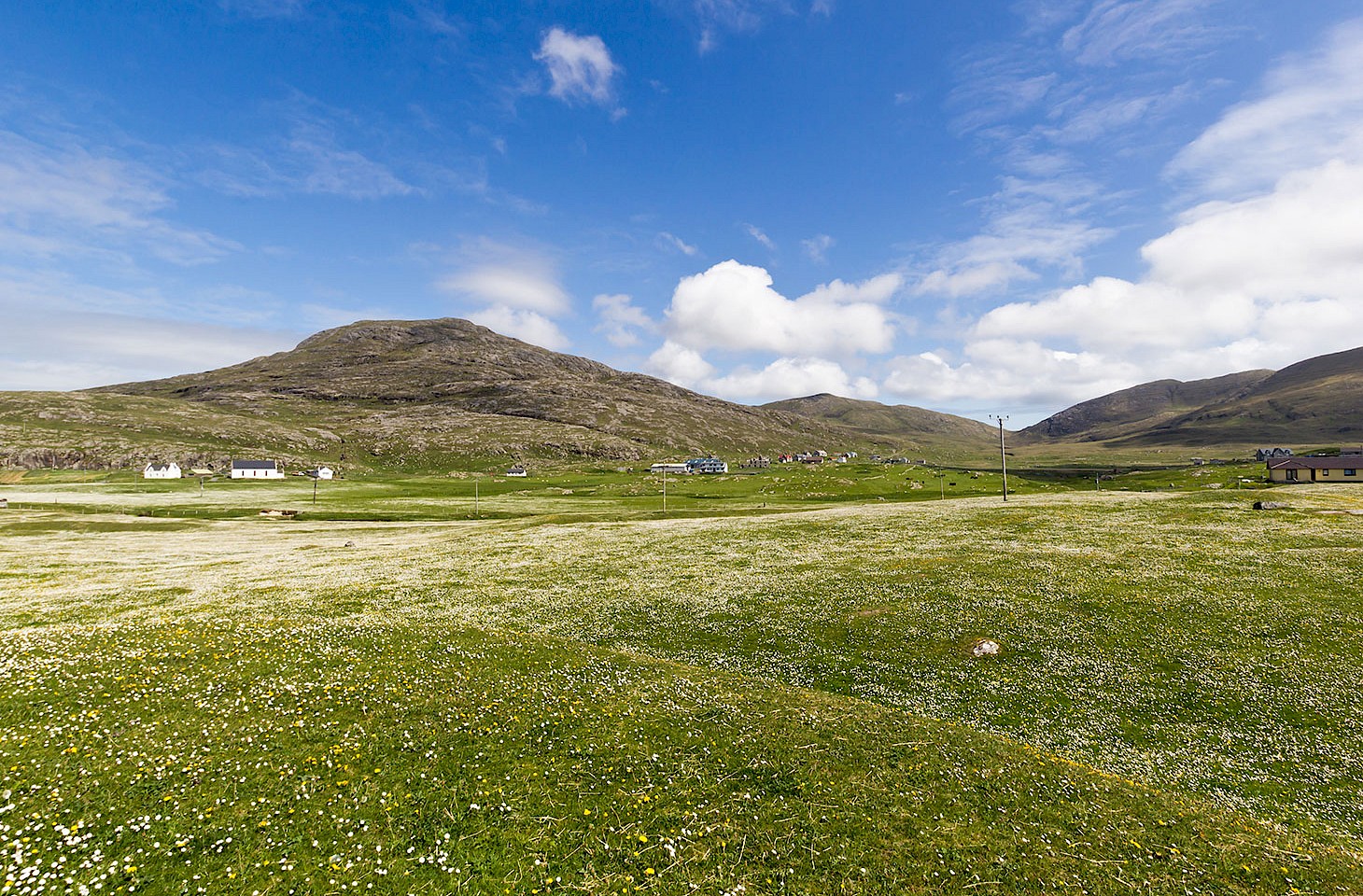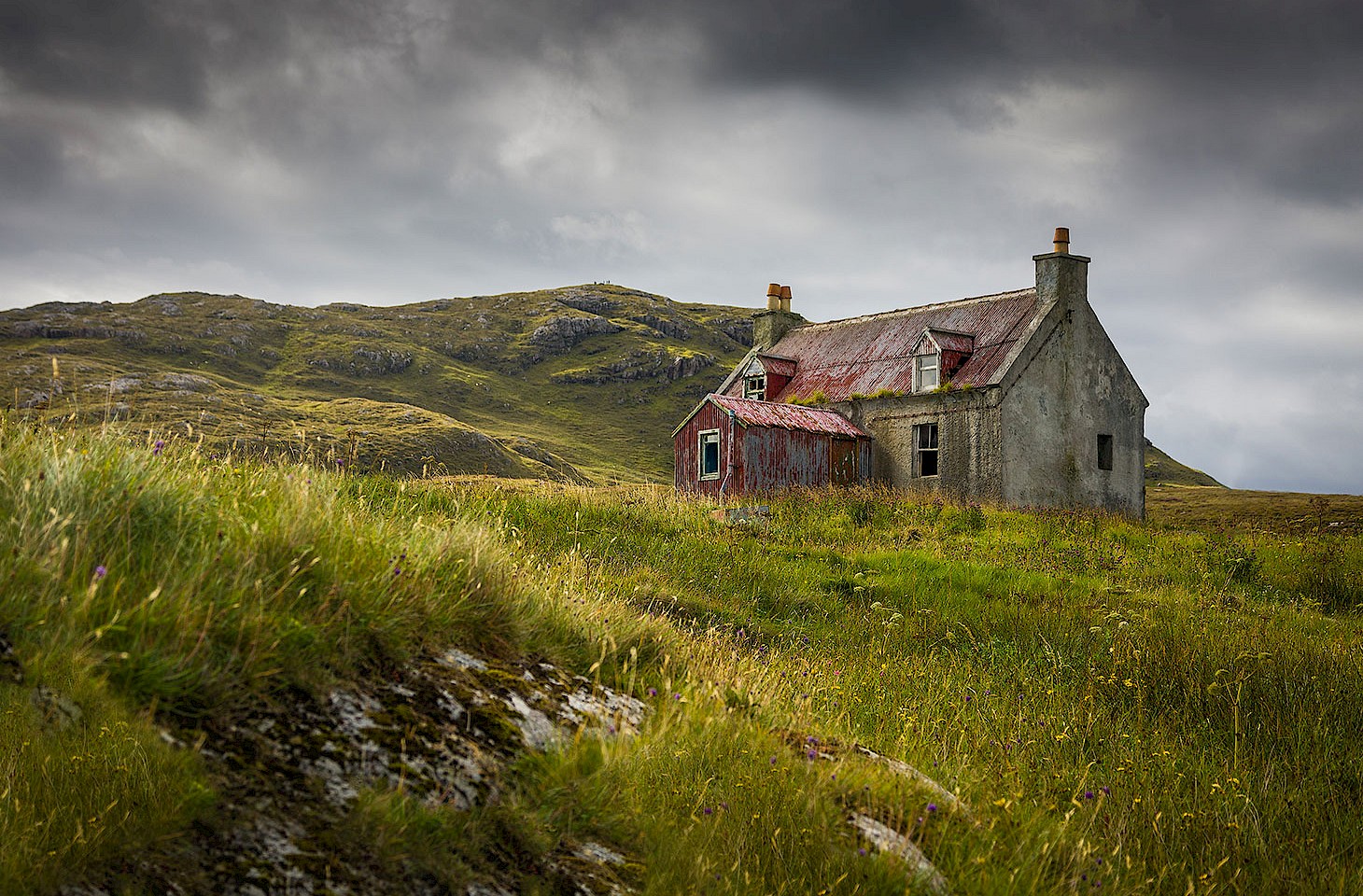Some books take time to make their mark on the reading public. Often they take even longer to make their mark on me. Thirty-eight years after the first publication of Nan Shepherd’s The Living Mountain, the title hovers on the outer edges of the list of Scottish bestsellers. The book is more than merely a prose poem in homage to Scotland’s Cairngorm mountains. It is intensely beautiful and is one of the most striking pieces of mountain literature I know.
“The finest book ever written on nature and landscape in Britain,” suggested the Guardian four years ago, when Edinburgh-based publisher Canongate released a handsome new paperback edition of The Living Mountain.
This is a slim volume — Nan Shepherd’s text in the 2011 Canongate edition runs to just over 100 pages, beautifully typeset in the classic Goudy Old Style font. Working with a small publisher myself, a decent font still counts for something in my world. It was 100 years ago in 1915 that Frederic Goudy unveiled the now-famous serif font which exudes quiet authority and recalls, in elements of its style, William Morris’ Arts and Crafts Movement.
Nan Shepherd would surely have liked Goudy Old Style which is as gentle and flowing as Nan’s prose. But she’d be mightily surprised to discover that her words have caught the attention of a travel writer from Berlin. For Nan Shepherd was a quiet and unassuming woman — so retiring that, when she first wrote The Living Mountain in the 1940s, she did not approach the matter of publication with any great urgency. The book was only published in 1977. Nan herself died in 1981, just a fortnight after her ninety-third birthday.




